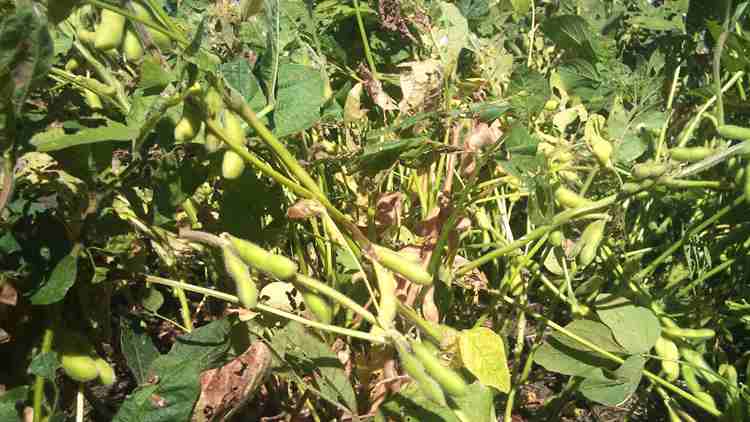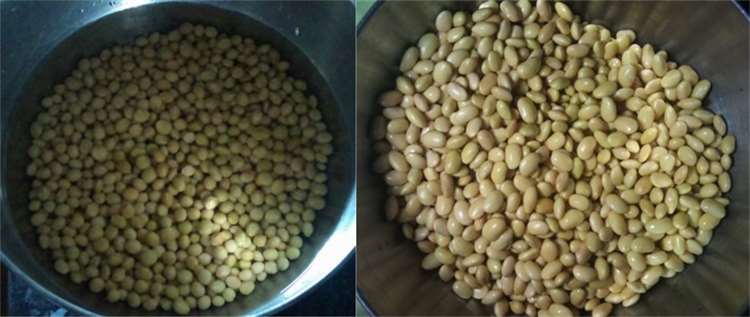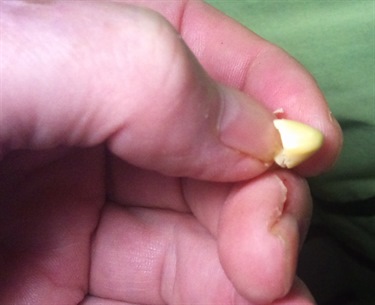I like growing Soy Beans. Don’t ask me why as I have no real reason to. I think it stems from my days on a sugar cane farm where we grew it as a soil conditioning crop which made the cane grow gang busters when planted after soybeans.
I grow them in any new gardening bed as the first crop. This year I had a new bed that I made by solarising the weeds with black plastic for 12 months and then covering with a layer of big cardboard boxes I had been collection and then covering with 30cm of compost. I also threw in some crusher dust and lime. Soy beans love lime.
To harvest them I cut them off at ground level, leaving the root system in the ground. Hopefully the rhizobia nitrogen fixing bacteria will survive in the root nodules until another crop they like is growing. Now I have to find a use for the beans.
My answer to a use for the soy beans is soy milk. Another use is green soy beans as an entree, see this link for eating green soy beans Soy Beans and Nitrogen Fixing Bacteria
Where to get Soy beans, if you don’t grow your own
If you don’t want to grow your own soy beans, you can buy them at Asian grocery stores. They are not expensive, around $4 for 1 kilo. The soy beans that you use are white or cream in colour and you only need a cup full to make around 1.5 litres
Traditional Taiwanese method for making soy milk
You will need a blender, a big pot, soy beans, a deep bowl, a stirring spoon and a muslin or filter bag.
Place the beans in the deep bowl, cover with water and soak the beans for 6 – 8 hours.
How to know when your beans are ready for making soy milk
To test whether your beans have soaked long enough, dig into one with a finger or thumb nail. If you can split it, your beans are ready for the bender.
The beans expand to nearly double the size after soaking.
Add equal quantities of beans and water to the blender and run it for a couple of minutes.
If the blender seems to have trouble moving the paste, stop the blender and add some more water and stir it up with a spoon. Blend again and then strain into the big pot. Place the pulp back into the blender and add the same initial amount of water and reblend.
Bring the strained soy milk to the boil slowly, stirring constantly so that you don’t burn the milk. A big pot is helpful here, because like cow’s milk, it will foam when about to boil and expand to overflow a small pot.
Once it has boiled, turn the heat down and simmer for 30 minutes. Again you need to stir it so that it doesn’t burn.
After 30 minutes remove the heat, add some sugar if you need it, or stevia if you have it, or try some honey. We started with 2 small cups of beans and ended with 1.8 litres of soy milk. If you have ever been to a Taiwanese breakfast shop and tasted their soy milk you will probably agree that the taste is completely different to the cardboard flavoured product you purchase in supermarkets.






thanks for taking the time to comment